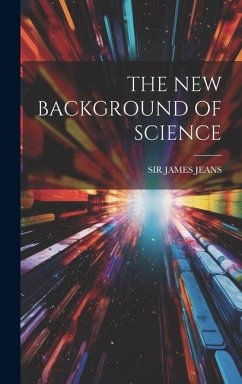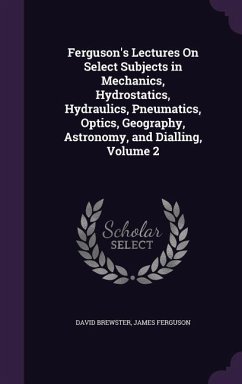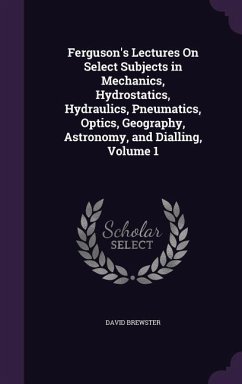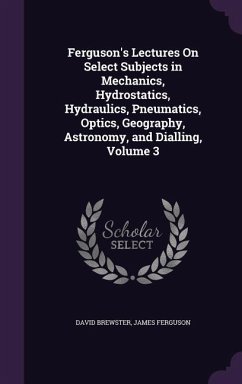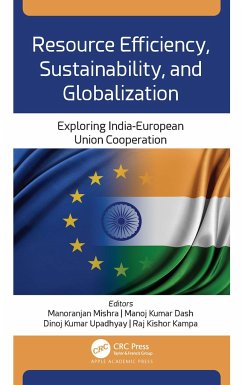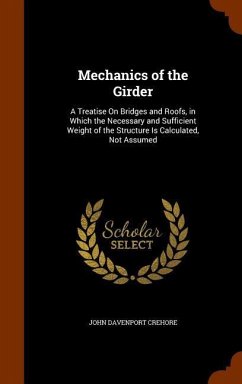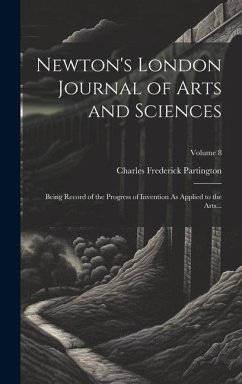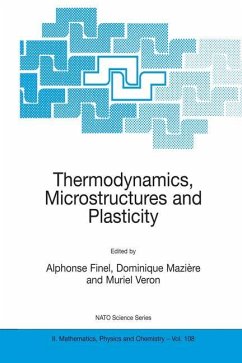Nicht lieferbar
![Thermal Sciences: An Introduction to Thermodynamics, Fluid Mechanics, Heat Transfer [With CDROM] Thermal Sciences: An Introduction to Thermodynamics, Fluid Mechanics, Heat Transfer [With CDROM]](https://bilder.buecher.de/produkte/13/13596/13596652z.jpg)
Thermal Sciences: An Introduction to Thermodynamics, Fluid Mechanics, Heat Transfer [With CDROM]
Versandkostenfrei!
Nicht lieferbar
This text combines thermodynamics and fluid mechanics, with a short introduction to heat transfer. Taking a well-balanced approach, the authors clearly demonstrate the connections among the three interrelated subjects. Because of the consistent terminology and continuity, students will find it easier to learn the three subjects. The book provides the appropriate amount of material for non-mechanical engineering students. Addressing various levels of difficulty, the authors provide a wealth of examples and exercises, including synthesis problems and design problems.




![Metamodeling for Method Engineering [With CDROM] Cover Metamodeling for Method Engineering [With CDROM]](https://bilder.buecher.de/produkte/26/26368/26368115n.jpg)
